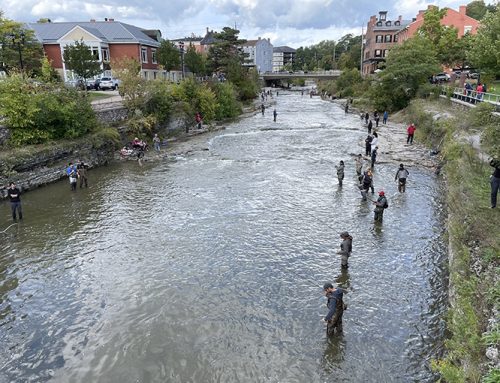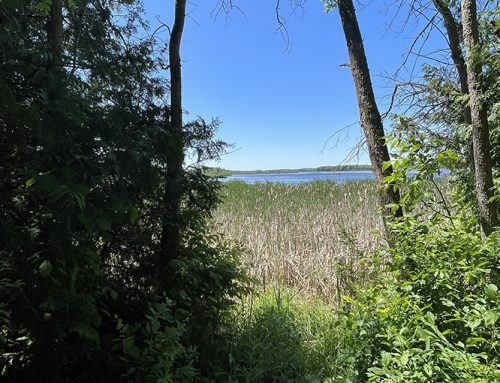
On Aug. 26, the Windsor-Essex County Health Unit issued an algae advisory for the Pelee Island area, asking residents to avoid swimming, not to let their pets in the water, and not to eat fish caught there. A week earlier, on Aug. 20, Hamilton Public Health Services issued a warning for the west end of Hamilton Harbour.
Both warnings are still in effect.
Anglers should avoid eating fish known to have come from an area with an outbreak of blue-green algae. Although not all blue-green algae blooms are harmful, if toxins are present it can be transferred to fish.
“Algal toxins, such as microcystins, can accumulate in fish, particularly in the viscera or organs,” said Ministry of Environment spokesperson Kate Jordan. “Levels in fish tissue depend upon a number of factors, including the severity and duration of algal blooms in the area where the fish is caught. You should be cautious about consuming fish caught from a water body where major blue-green algal blooms occur. When possible, avoid eating fish and fish organs from these areas during and at least two weeks after the bloom.”
The immediate side effects from contact with blue-green algae is itchy, irritated eyes and skin. Consuming contaminated water can cause headaches, fever, diarrhea, nausea, vomiting or more serious health effects.
Concern has been raised about algae outbreaks on an annual basis on the American side of western Lake Erie.






oh this is not good. I wonder if it has affected the commercial fish operators?